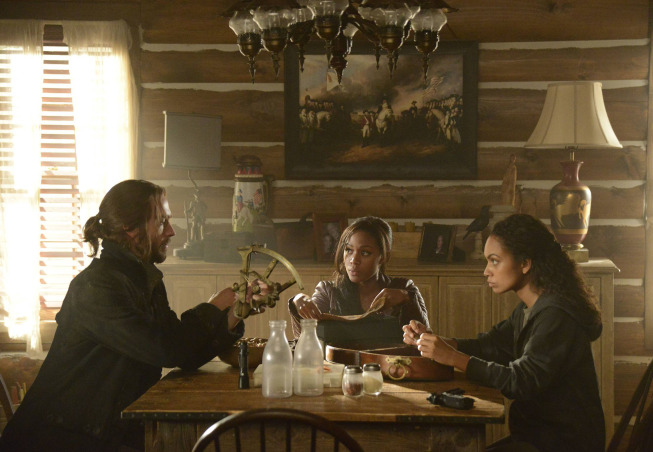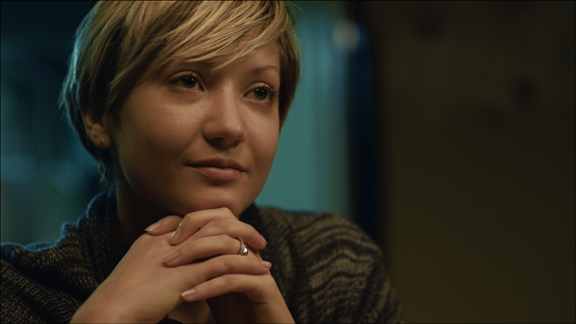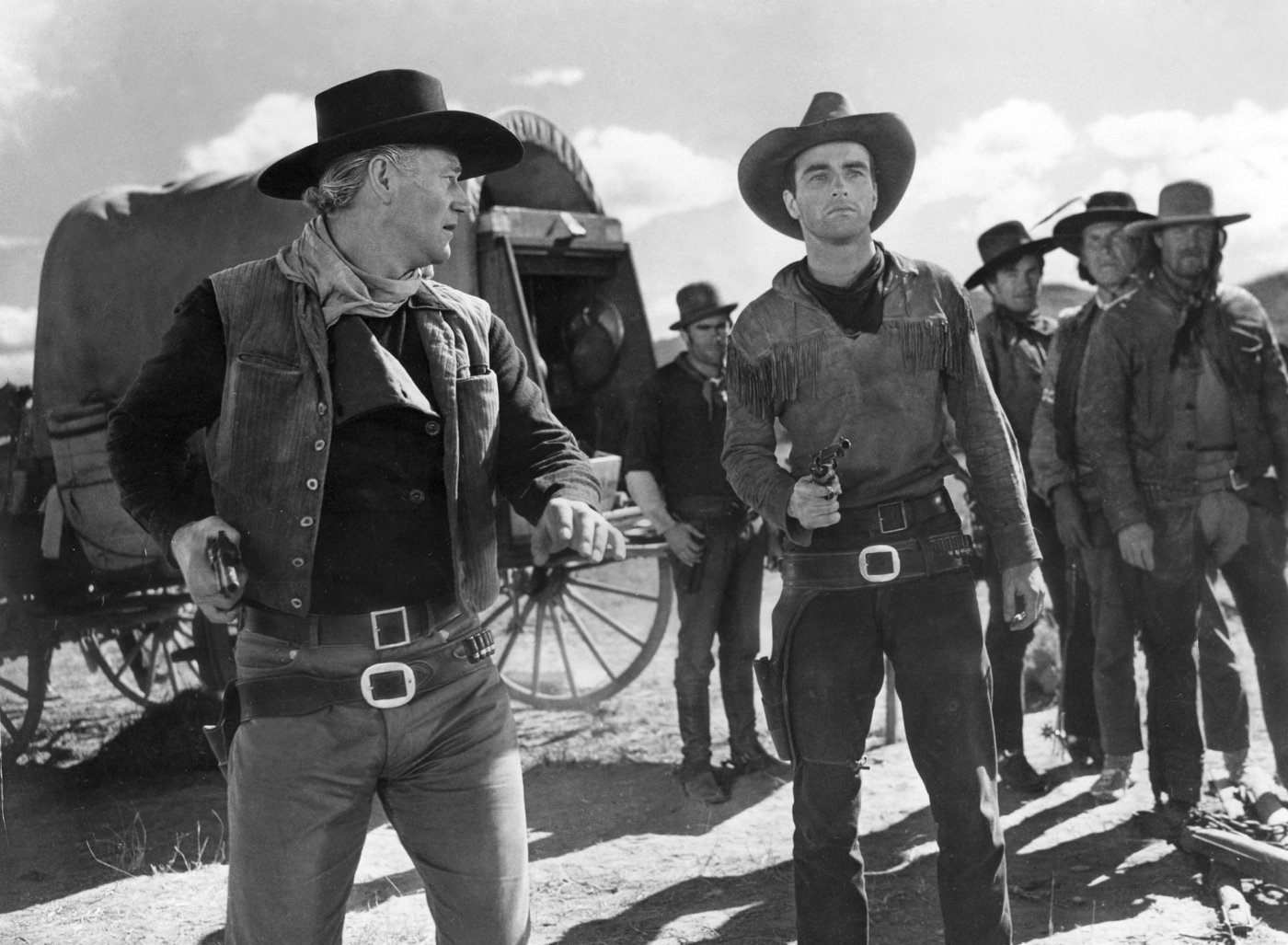 Camille Claudel 1915
Camille Claudel 1915
Written and directed by Bruno Dumont
France, 2013
Camille Claudel 1915 is a 3-day portrait of great sculptress Camille Claudel and her life in an institution. A rarity in art history, Claudel found success during her lifetime and was often exhibited alongside male contemporaries. Emblematic of larger issues plaguing art history and criticism, academically, she is most often referred to in relation to sculptor Auguste Rodin, rather than on the merits of her own work. His lover, muse, and student for over a decade, her relationship with him was a source of great inspiration and turmoil over the course of her life. An incredibly emotive and imaginative artist and sculptor, she was heralded by famous art critic Octave Mirbeau, Claude Debussy was passionate about her work, and Henrik Ibsen apparently based one of his plays on her tumultuous relationship with Rodin.
Standing the test of time, her art remains powerful and raw. She has a strong sense of movement and her figures seem drawn from the earth. Two of her greatest works, The Waltz (1893) and The Mature Age (1900), are evidence of the tense, contorted, and ultimately tortured bodies she would sculpt. Though not nearly as formally complex as her later works, The Waltz stands as a reflection of the body as a source of turmoil. Depicting dancing lovers, there is something brutally organic and violent about Claudel’s portrait: the woman’s dress evoking a twisted tree trunk – intentionally or not, bringing to mind the tortured suicide victims in Dante’s Inferno. In Dante’s world, those who commit suicide are tortured souls who must suffer eternity as oak trees, condemned to be eaten and ripped apart by awful human birds called harpies.
Camille Claudel’s early success and happiness eventually eroded, as she succumbed to her mental illness. Her relationship with Auguste Rodin crumbled; she became a recluse and suffered from bouts of paranoia. This led to her being committed to an institution in 1913. In spite of insistence by various physicians that Claudel was well enough to be re-integrated into society, her mother and brother refused her release. She would remain in various hospitals for the rest of her life, until her death in 1943.

Drawing on her life story, in particular her letters and medical records, Bruno Dumont has written and directed this harrowing portrait of genius, madness and feminism. Taking place over three days while Claudel is staying at an asylum in the South of France, the film paints a challenging portrait of a woman tortured and oppressed by her imprisonment. Dumont seems to be moving further away from the brutality of his earlier work, his newest efforts aspiring to the complex formalism and spirituality of the greatest films by Robert Bresson.
Dumont has always held a strong link to the work of Bresson. Formally, there is probably no filmmaker who has adapted so carefully and instructively to Bresson’s use of silence and the power of the gaze as Dumont. Editing and pacing become crucial in breaking into the interior world of Camille Claudel, as her surroundings similarly come to reflect her state of mind. We see what she sees and through Binoche’s performance, it is as if we are privy to Claudel’s deepest thoughts and feelings. However, it is not just Claudel’s gaze that holds importance within the film; it is the looks drawn upon her. Crucial to our understanding of Camille Claudel is the idea that she is constantly being watched. As she watches, her fellow inmates, the hospital instructors, and her distant family seem to constantly have an eye on her. Her persecution complex, though obviously symptomatic of sincere and real psychological traumas, is also rooted in reality. A mirror reflection of the play of Don Juan she watches being rehearsed by inmates, Camille is also forced to perform, whether it is as an artist, as a woman, or as a patient.
As a tale of feminism, Bruno Dumont is carefully creating a scenario where the intelligence and passion of a woman are perceived as being threatening. This is perhaps best exemplified through the contrast of Camille with her brother Paul Claudel, himself a poet and politician. As he is introduced in the film, there is a brief interlude away from the asylum and he becomes the central character. A man who has found God, he seems like a sinister brother to the young Father from Bresson’s Diary of a Country Priest. Through his speeches and diary entries, he discusses Camille and compares himself to her. He sees them as being cut from the same cloth of genius, but proclaims that she has been misled by the passions of her body and her distance from God. His equation is proof of his desire for control over her body and mind, but also of his own narcissism to believe that his own melodramatic and repetitive poetry would ever rank on the same level as even her minor works. He paints his desire to imprison his sister as being a way to save her, but he is building his own success on the oppression of her genius and passion. As portrayed in the film by Jean-Luc Vincent, Paul Claudel becomes representative of larger issues plaguing the reception of art, as to this day, many woman artists struggle to find a voice and a place in art history.
Perhaps the most important ingredient in the success of this film is the casting. Most of the film’s cast are non-actors and all the patients in the hospital are real people who suffer from a wide range of mental impairments. Rather than being exploitative, this only renders the film more sincere. It does not feel like a show of freaks and Dumont is not interested either in painting this asylum as a place or source of abuse towards the mentally ill, but rather suggests a social desire to hide away those who do not fit with our image of perfect citizenry. No doubt influenced by Michel Foucault’s Madness and Civilisation: A History of Insanity in the Age of Reason, and his theories related to the portrayal of madness related to the process he called “The Great Confinement”, Dumont seems to search for meaning and wisdom in some of the other inmates who interact with Camille. He attempts to contradict the overriding idea that society needs to be protected from those suffering from “madness;” though there remain problematic elements to this interpretation, as it nonetheless fetishizes the mentally ill, Dumont’s vision is sensitive and realistic.

In stark contrast, there is Juliette Binoche, a rare (if not unique) big-name star in Bruno Dumont’s oeuvre. Many have made a big deal of her inclusion, some even suggesting before the film’s release that he “sold out” (his decision to make a period piece and a biopic only lead credence to those purporting this argument). In response, Dumont has justified his casting saying “I have always had a peasant play a peasant and an artist play an artist. The artist Juliette Binoche helps me define the artist Camille Claudel,” in an interview conducted by Olivier Père. Binoche brings to the material such incredible depths of emotion and experience rarely seen onscreen. One monologue midway through the film that she addresses to her doctor in particular stands out as one of the strongest works of performance in recent years. Bruno Dumont does not want a self-effacing presence in the role of Claudel, because that would only further bury her in the books of history. Performance becoming a powerful expression of a repressed artist, it would have been inappropriate to Dumont’s intention to have Binoche act as a model in the Bressonian tradition.
An impassioned portrait of an artist in life and legacy, Camille Claudel 1915 is without a doubt one of the most compelling films of 2013. Dumont’s efforts to raise Camille Claudel, the artist, above the betrayals and bias of history is one that resonates deeply in a world where woman artists continue to struggle to find a voice and a place within the confines of the art world. Aided by the incredible passion and talents of Juliette Binoche, the film is a powerful spiritual experience and a deep reflection on madness and mental illness.
– Justine Smith






